


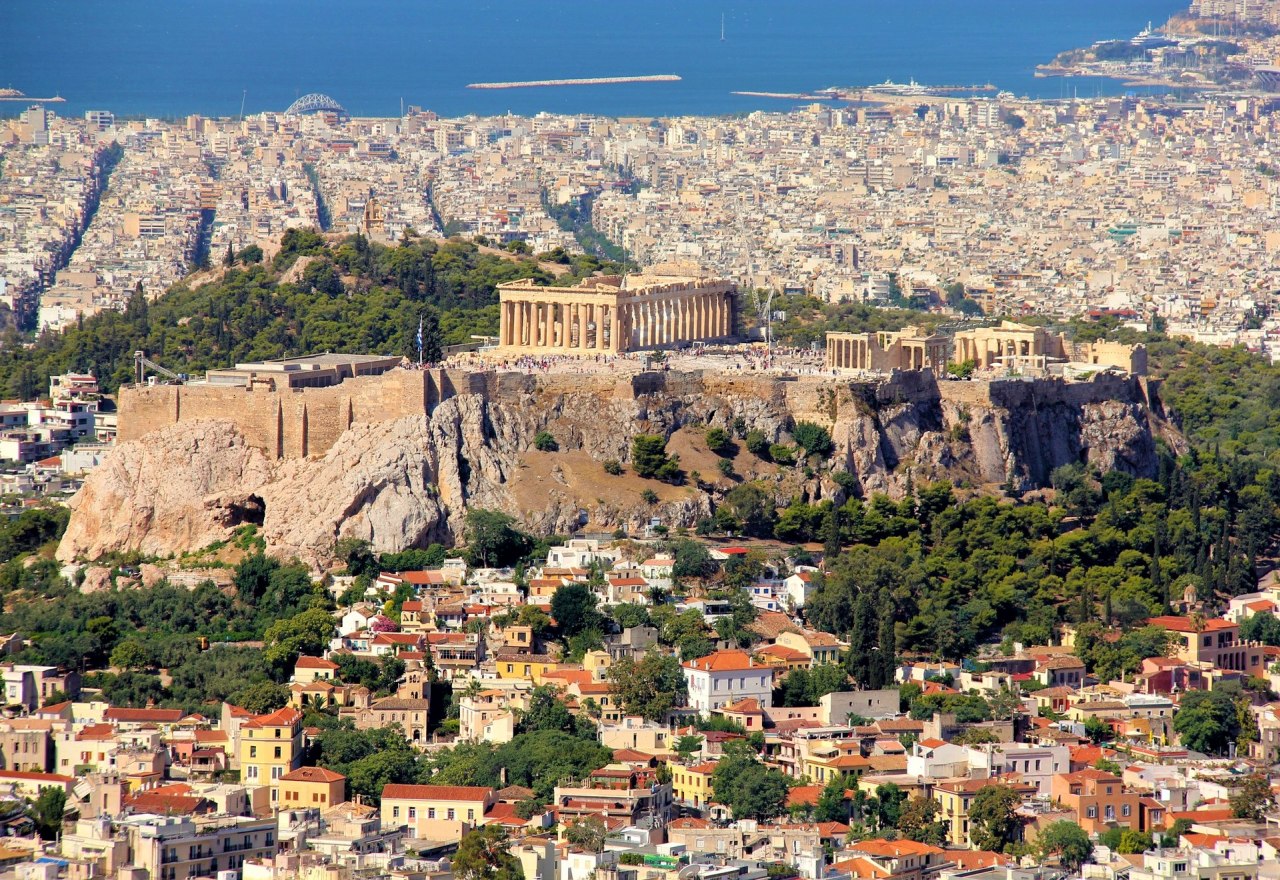
We Need Your Support!
We want to remind you that Athens by Locals is reader-supported. By booking tours, hotels, tickets, and other travel services through the links on our website, you can help us continue providing valuable content and information. Note that we receive a small commission only if you make a booking using our links at the time of your visit. So, if you're not quite ready to book yet, you can save this post and the links and return to make your booking when the time is right. We genuinely appreciate your support and are thrilled to have you in our travel community. Please don't hesitate to reach out if you have any questions or need assistance. Happy travels!
Stretching around the northeast side of Acropolis Hill, Plaka is the most iconic residential neighborhood in Athens and one of the oldest unremittingly inhabited settlements in the world, with more than three thousand years of history.
Its trademark maze-like alleyways, architectural gems, archeological sites, and sheltered squares have turned it into one of the city’s most visited and beloved spots.

Plaka has rightfully gained its nickname as the “Neighborhood of the Gods” as it’s built for the larger part on top of the ancient city of Athens and is nestled right below the Acropolis among several monuments that still glow with the city’s erst glory.
Plaka’s main street, Adrianou, gracefully splits the neighborhood into two parts – Ano (Upper) Plaka and Kato (Lower) Plaka. The former is almost adjacent to the Acropolis, while the latter is located right between Monastiraki and Syntagma (Constitution) square in the heart of Athens.
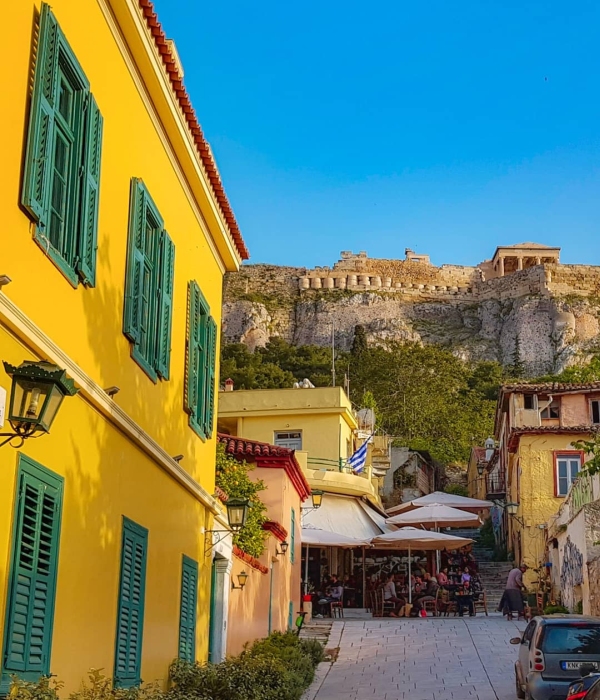
Plaka was once known as the Turkish district of Athens as it used to be the abode of the Turkish governor during the period of the Ottoman occupation.
Later on, when the Greek War of Independence burst forth, it became the dramatic backdrop to several armed conflicts and it suffered extensive damage. Many of Plaka’s residents abandoned their homestead in search of safety and the neighborhood was left dismantled.
It wasn’t until several years later that Plaka would regain its former status as an upscale area. In the early 19th century, newly crowned King Otto decided to make Athens the capital city of the newfound Greek State, thus marking the beginning of a long period of repopulation in what would later become a vast metropolis.
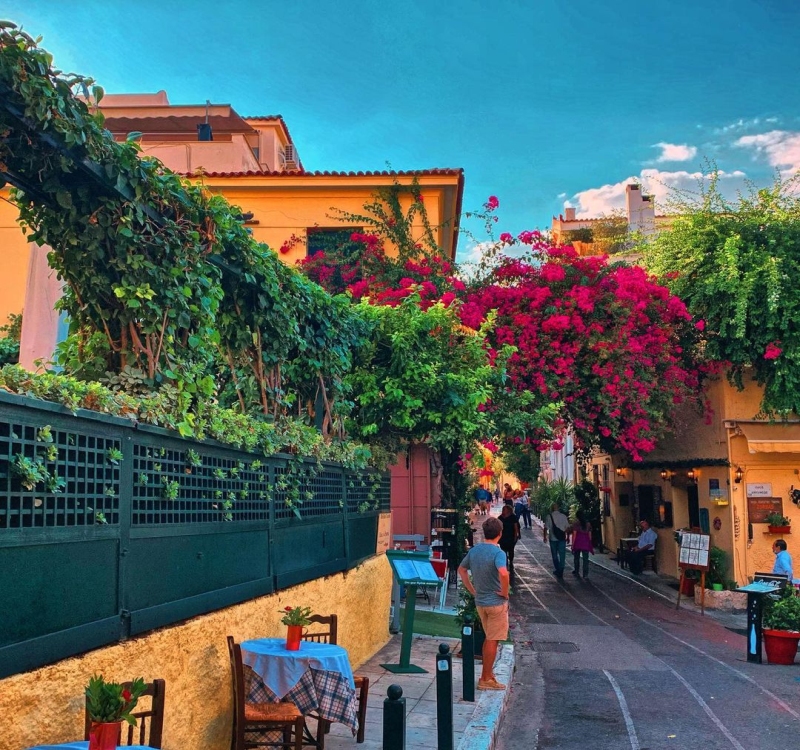
The majority of Plaka, in particular, was repopulated by settlers from the island of Anafi, who built a small community contiguous to Plaka, still called Anafiotika today, and features strong elements of Cycladic architecture and aesthetics.
During the following years, the city’s core expanded to encompass most neighboring areas and a new royal residential manor was built close by that would become home to the Greek Parliament later on.
Ensuingly, a massive migration movement from the Greek countryside towards the capital and the city of Athens slowly started taking the shape it is today.
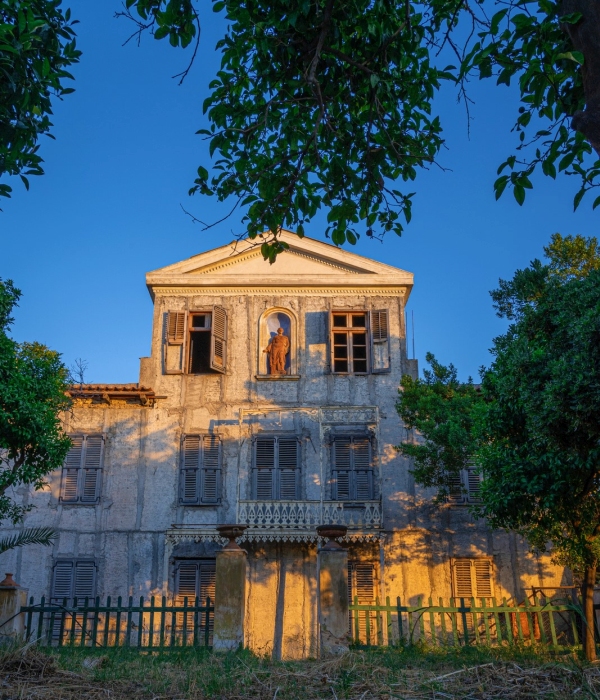
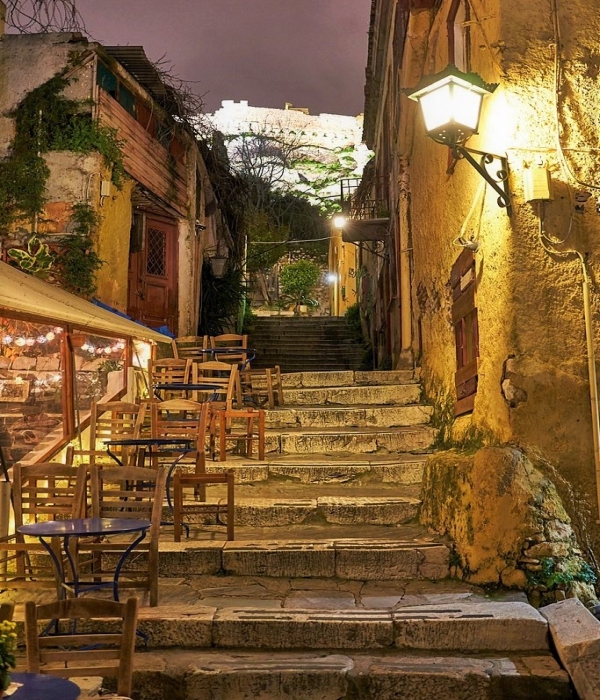
But Plaka’s long string of misfortunes was far from over. In 1884, the area once again suffered severe damage caused by a great fire. However, the catastrophe eventually proved to be a blessing in disguise, as it allowed archaeologists to commence several fruitful excavation projects around the ancient Roman Agora and other sites of historical interest. These areas were officially recognized as cultural heritage sites and were protected from the rapidly growing urban development which at the time was taking over the rest of the city by storm. Ultimately, vivid tourism activities in and around Plaka preserved its unique character much of which is still palpable in the presence of neoclassical buildings and restored Byzantine churches.
Apart from visiting all the acclaimed archeological wonders the Plaka neighborhood has to offer, you can stroll among the labyrinthine streets and witness the charm and alluring ambiance of the oldest neighborhood in Athens.

Explore its hidden squares and marvel at the elegant architecture of the surrounding buildings and the small chapels. Also, don’t forget that in Plaka you will find the oldest street in the whole of Europe.
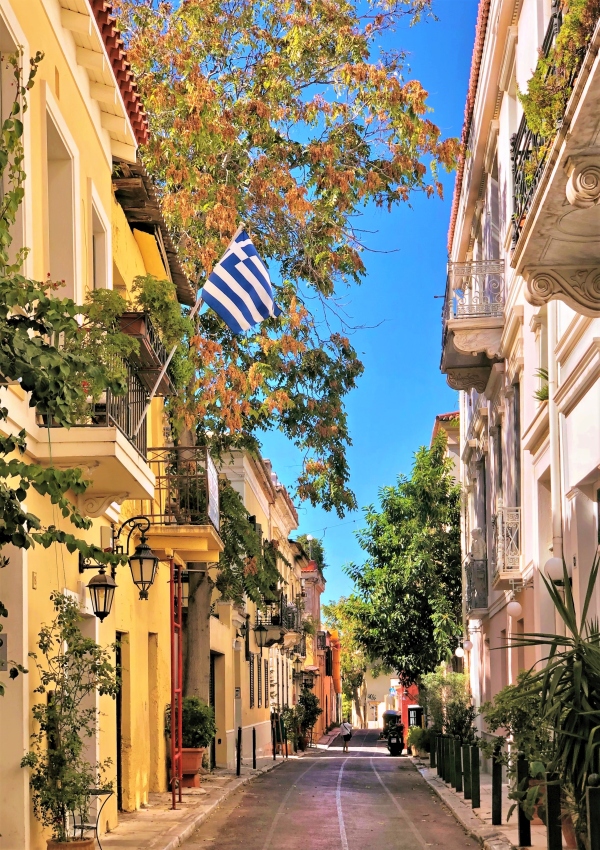
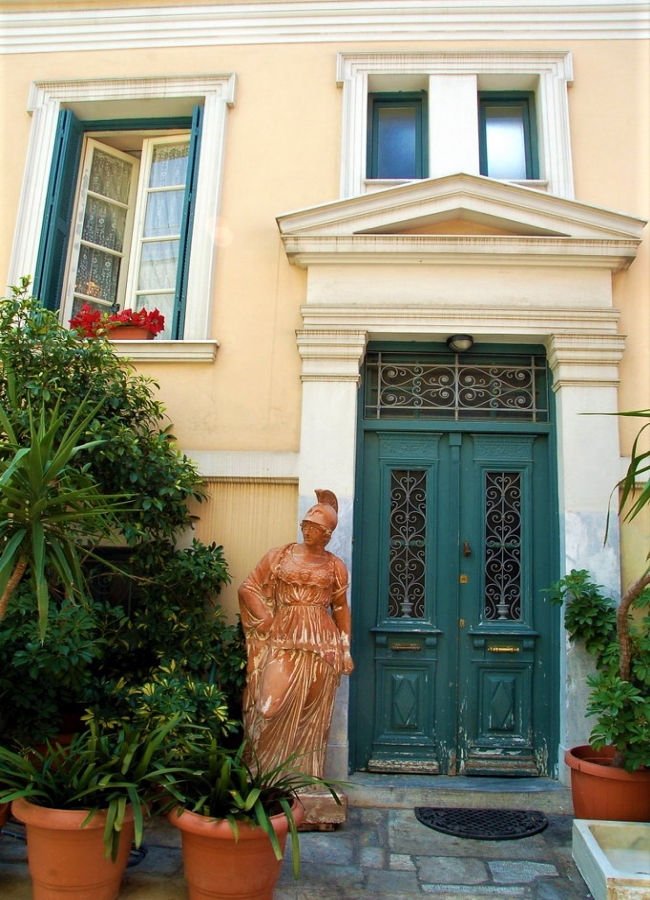
If you tire of wandering through the quaint pathways, you can seek refuge from the sun in a local cafe or restaurant and taste authentic Greek cuisine and hospitality.
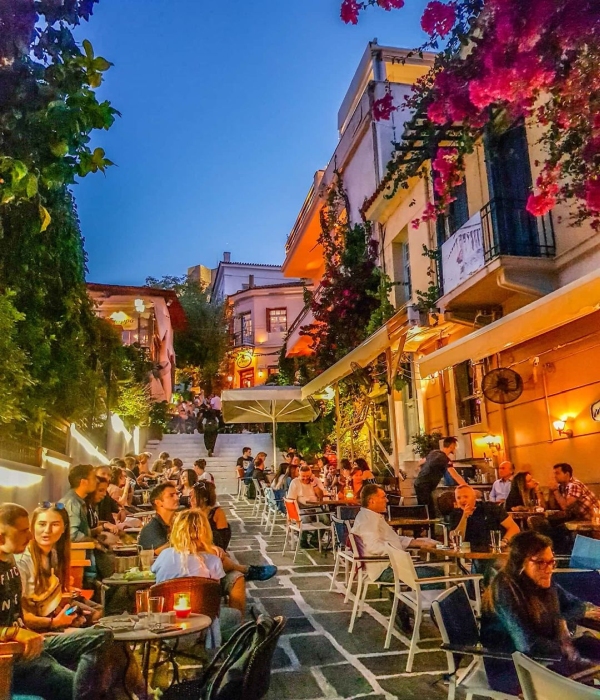
Adrianou Street is the place to head to for souvenir hunting and socializing with the locals.
If you’re a history buff, you’ll find that the Plaka neighborhood is the ideal place for you as it has numerous museums in its vicinity – the new Acropolis Museum, Frissiras Museum, the Museum of Greek Folk Art, the Museum of Popular Music Instruments, the Jewish Museum of Greece and Athens University Museum all have their treasures on display and waiting to be delved into.
The Plaka neighborhood is one of the most central spots in Athens and you can easily reach it from anywhere in the city center.
It’s located right in the middle of three different metro stations – Syntagma and Monastiraki (blue line), and Acropolis (red line), and it’s only a few minutes away from any of them.
All in all visiting Plaka should definitely be on the top of your bucket list on your trip to Athens.
Combining impressive architecture, world-class museums, archaeological sites, and high-end gastronomy, it’s the perfect place to start your exploration of the glorious city of Athens and delve into local culture.
A Quick Reminder:
Remember that Athens By Locals is here to guide you with planning the perfect trip to Athens and help you every step along the way. If you didn’t found what you’re looking for, or need any recommendations about your trip to Athens, feel free to contact us and we will do our best to help you. Please be as more detailed as possible regarding your subject so as to help you better.
If you like what you read please scroll down at the end of this page and subscribe to Athens By Locals so next time to receive more articles like this straight forward to your email. Join us on Facebook for comments, photos, and other fun stuff. If you enjoy this article please share it with your friends on Facebook.
Copyright © 2024 Athens By Locals © All rights reserved. No part of this site may be reproduced without our written permission.
Images owned by Athens By Locals. Image Banks or Companies promoted.